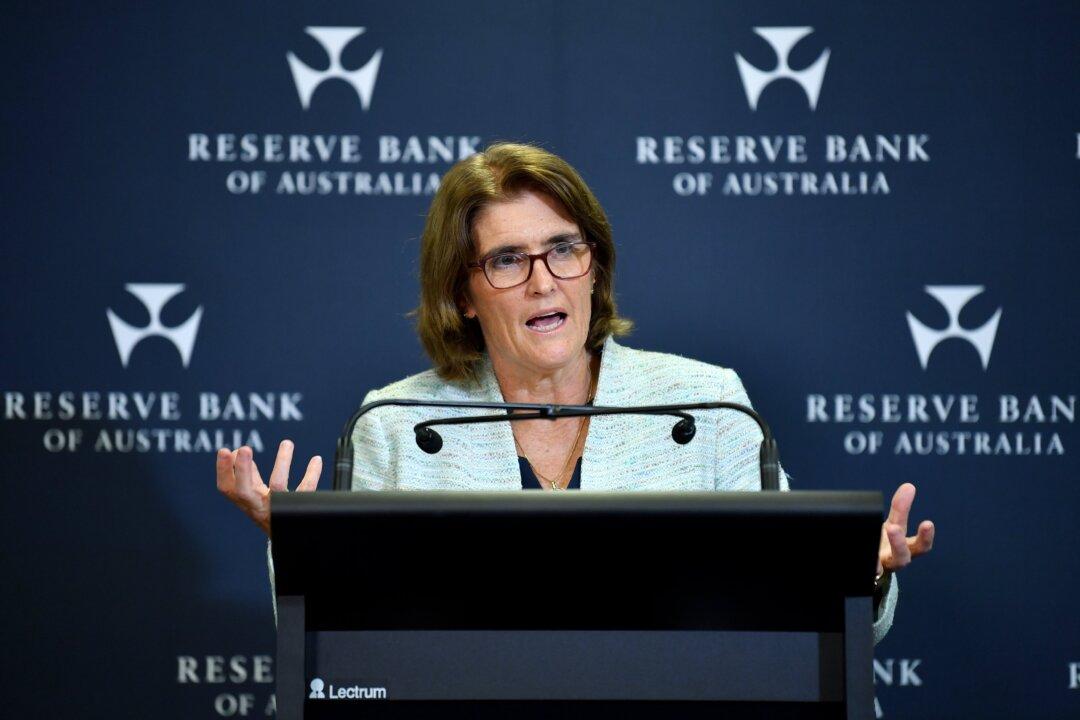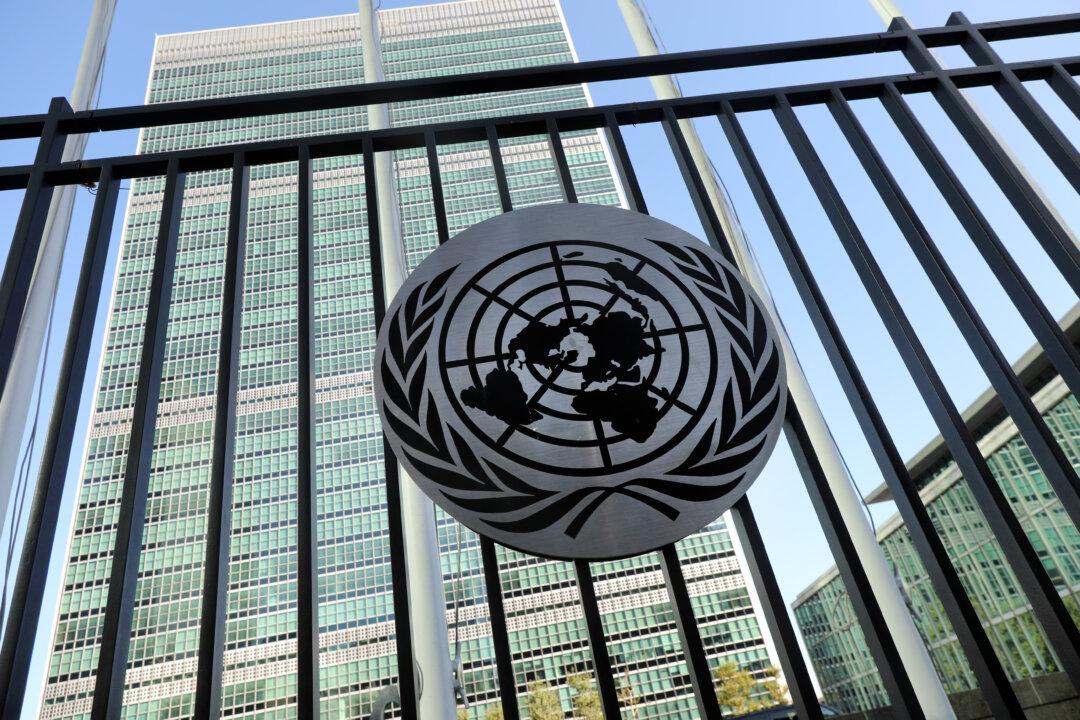Australia’s official cash rate will remain steady at 4.35 percent following a Reserve Bank board meeting on March 19.
The result is in line with market expectations and marks the fourth consecutive month that the central bank has kept the cash rate on hold since the last time it was raised in November 2023.
The Reserve Bank of Australia (RBA) said inflation had moderated and that this was the main reason for its decision.
“Services inflation remains elevated, and is moderating at a more gradual pace.
“The data are consistent with continuing excess demand in the economy and strong domestic cost pressures, both for labour and non-labour inputs.”
The RBA said high interest rates had helped balance the aggregate demand and supply in the economy, effectively putting downward pressure on inflation.
Economic Uncertainties Remain
While inflation has moderated, the RBA said there was uncertainty in the economic outlook.Pointing to December 2023 quarter national accounts data, the bank said economic growth had slowed down.
The slow growth also extended the GDP per capita recession, with the economic output per person dropping 0.3 percent during the period.
Apart from domestic economic issues, the RBA said there was a high level of uncertainty about the Chinese economy, which is experiencing a downturn, and the impact of the wars in Ukraine and the Middle East.
The central bank forecasted that inflation would return to the 2 to 3 percent target band in 2025 before dropping to around 2.5 percent by 2026.
The bank also reiterated that returning inflation to target was its priority, and that it would do everything possible to achieve this goal.
“The path of interest rates that will best ensure that inflation returns to target in a reasonable timeframe remains uncertain, and the board is not ruling anything in or out,” it said, noting that the bank would rely on the economic data and the evolving assessment of risks in making decisions.
Rate Cuts Forecast
Following the RBA’s announcement, Adam Boyton, the head of Australian economics at ANZ Bank, said the bank had softened its stance on tightening the official cash rate.Mr. Boyton then said his team would maintain the view that the RBA would likely reduce the cash rate starting this November.
However, the economist noted that the easing cycle could come earlier if there were surprises in the upcoming employment data.







